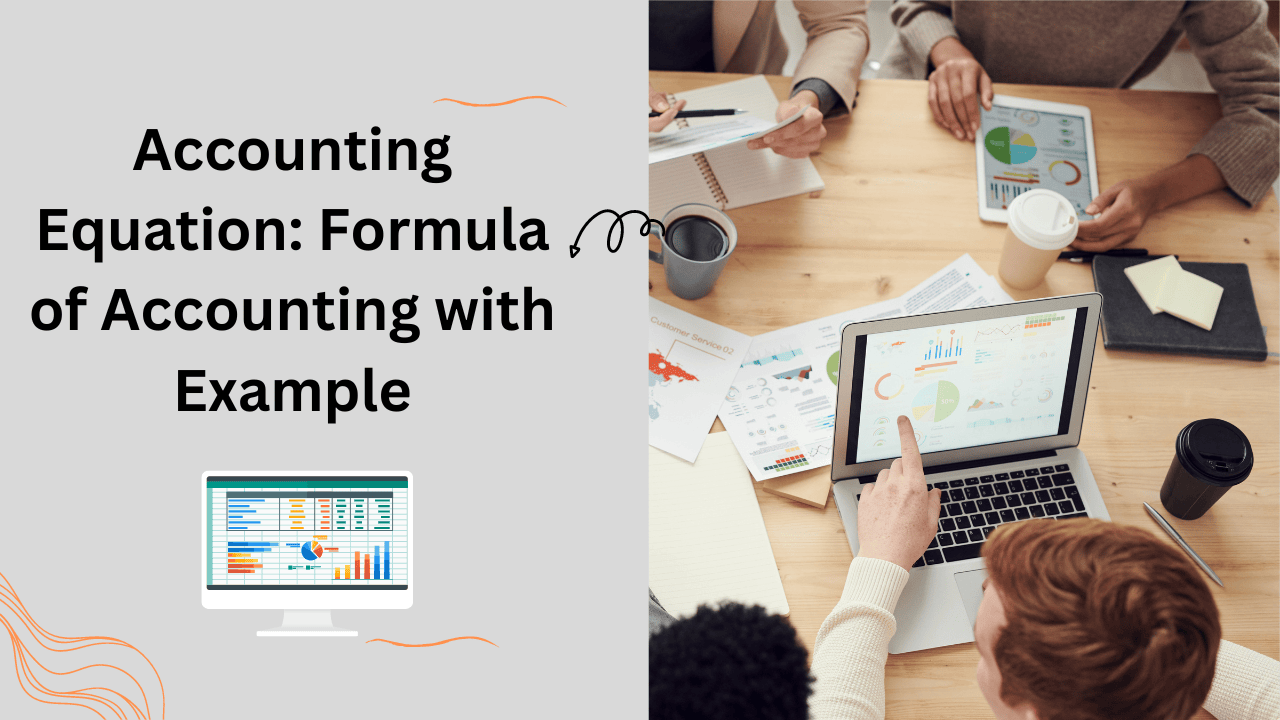Accounting Equation: The accounting equation that is the foundation of double-entry accounting. The accounting equation displays that all assets are either financed by borrowing money or paying with the money of the company’s shareholders. Thus, the accounting equation is: Assets = Liabilities + Shareholder Equity. All business transactions are recorded as having a dual aspect. At any point in time, a firm will possess things that may either be sold or converted into cash or which may be later used for a fairly long time. Must Check Periodicity Concept.
All these things are called assets. Building, land, machinery, furniture, stock, debtors, bills receivable, cash at the bank, cash in hand, etc. are a few examples of assets. The proprietor of the business brings capital into the business out of which the business (a separate entity) purchases assets for its use. Thus, the amount of the assets of a business is equal to the amount of capital contributed by the proprietor of the business. Thus, Capital = Assets.
Formula of Accounting
The accounting equation represents that the sum of resources (assets) is equal to the obligations (capital and liabilities) of the business.
The whole Financial Accounting depends on the Accounting Equation which is also known as Balance Sheet Equation. The basic Accounting Equation is:
Assets = Liabilities + Owner’s equity
- or A = L + P
- or P = A – L Where A = Assets, L = Liabilities, P = Capital
- or L = A – P
While trying to do this correlation, please note that incomes or gains will increase the owner’s equity, and expenses or losses will reduce it.
Students are advised to go through the following illustration to understand this equation properly.
In case the capital contributed by the proprietor is insufficient, the business takes borrowing from other parties or outsiders. These parties may give loans or allow credit facilities at the time of purchase of goods. The amounts which are owed to outsiders and which have to be paid, sooner or later are called liabilities. For example: Loans, Bank Overdrafts, Creditors, Bills Payable, and Outstanding Expenses etc. On the one hand, the loan given by the outside parties increases the assets of the business, on the other hand, claims of creditors and lenders of money on the assets of the business increase. Must Read Accounting for Rectification of Errors.
Hence, the sum of resources (assets) = obligations (capital + liabilities)
Therefore, Capital + Liabilities = Assets; or
Capital = Assets — Liabilities.
This equation is known as the accounting equation. This equation is based on the concept that for every debit, there is an equivalent credit. The entire system of double-entry bookkeeping is based on this concept.
Example
Example: Suppose A starts a business with a capital of Rs 50,000, immediately the firm will have Rs 50,000 as cash as an asset, and at the same time the firm will owe to the owner Rs 50,000 which is taken as the proprietor’s capital. Thus,
Capital (Rs 50,000) = Assets Rs 50,000 (Cash).
If the firm purchases furniture worth Rs 10,000 out of the money provided by A, the situation will be:
Capital (Rs 50,000) = Cash (Rs 40,000) + Furniture (Rs 10,000).
Subsequently, if the business borrows Rs15,000 from a bank, the position will be as follows:
Capital (Rs 50,000) + Bank loan (Rs 15,000) = Cash (Rs 55,000) + Furniture (Rs 10,000).







